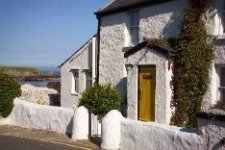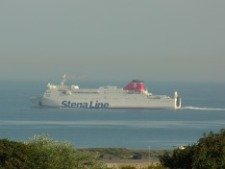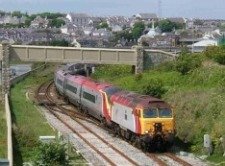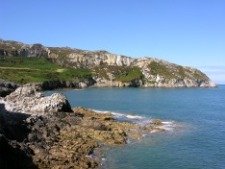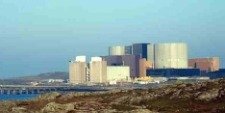|
Timeline of Edward I and Beaumaris Castle, North Wales
This timeline aims to give a broader context to the events surrounding the building of Edward I's fine castle in North Wales. As you scan the timeline you will see reference to other events or noteworthy figures over this period.
1239: Edward is born. Eldest son of Henry III, King of England and Eleanor of Provence. 1254: At the remarkably young age of fifteen, he is made Duke of Gascony and marries Eleanor of Castile. 1258: Provisions of Oxford. A significant milestone when Simon de Monfort, 6th Earl of Leicester, persuades Henry III to introduce new forms of government in England. In effect, the Crown would have to recognise the rights of Parliament.
1271: The young, bold Plantagenet takes part in the Crusades in the Holy Land.
1274: St.Thomas Aquinas completes Summa Theologiae and dies in the same year. 1275: The King holds his first Parliament. 1277: "Longshanks" launches his invasion of North Wales. His army blocks the harvest on Anglesey, forcing the surrender of Llywelyn ap Gryffydd, Prince of Wales and his men. On 9th November, the Treaty of Aberconwy was signed. The terms imposed a limit on Llywelyn in that he could only control land west of the River Conwy, though a form of "self-rule" was allowed for Wales while Llywelyn still lived. His brother David is given control of land east of Conwy. Following the treaty the King begins building castles to consolidate his position, notably at Flint and Rhuddlan.
1282: On 21st March a second Welsh rebellion is started by Llywelyn's brother, David. By August "Longshanks" begins his counter-attack, and eventually forces David to surrender at Harlech. During this campaign, Llywelyn, Prince of Wales, is killed in action. His brother David is executed. 1284: Statute of Rhuddlan This leads to the effective integration of Wales into England. English Common law is introduced and the north west part of Wales is split into three counties, namely Anglesey, Caernarvon and Meirioneth. Royal officials such as sheriffs are appointed.
1297: Edward I reissues Magna Carta for the fourth and final time. A much shorter version and omitting highly controversial clauses as in the original agreed by King John at Runneymede in 1215. 1298: Building work has advanced at Beaumaris to the point where the castle can be defended. Costing over £7,000 at this point, several parts remain outstanding, including the Great Hall, upper parts of the gatehouses and all the towers.
1307:On 20th January, Edward I holds his last Parliament in Carlisle. July 7th: Edward I, King of England, dies, while leading his army into Scotland.
1785: Some stone and most of the timber and lead are removed. The castle becomes a source of inspiration for poets and painters of the Romantic period.
|






